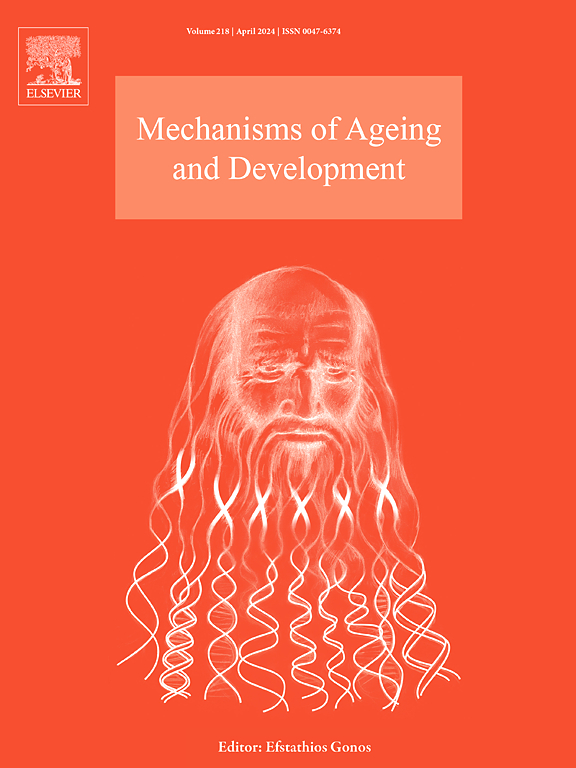精确溶解衰老的新平台
IF 5.1
3区 医学
Q2 CELL BIOLOGY
引用次数: 0
摘要
使用抗衰老化合物选择性清除衰老细胞是治疗衰老相关疾病(如衰老和癌症)的一种很有前景的策略。然而,许多抗衰老药物可能引起全身毒性。Magkouta等人在Nature Aging上发表文章,介绍了mGL392,这是一种先进的抗衰老平台,利用脂褐素结合结构域支架结合抗衰老药物(如达沙替尼)。mGL392在体内和体外都能有效地清除衰老细胞,减少黑色素瘤模型中的肿瘤大小,同时将全身毒性降到最低。与现有的抗衰老药物相比,它提供了更好的特异性,减少了脱靶效应。这一创新为治疗与衰老有关的疾病提供了一种更安全、更有效的方法。本文章由计算机程序翻译,如有差异,请以英文原文为准。
A novel platform for precise senolysis
The selective eradication of senescent cells using senolytic compounds represents a promising strategy to treat senescence-associated diseases like aging and cancer. However, many senolytics may cause systemic toxicity. Magkouta et al., writing in Nature Aging, introduced mGL392, an advanced senolytic platform utilizing a lipofuscin-binding domain scaffold conjugated with a senolytic drug (e.g., dasatinib). mGL392 effectively eliminates senescent cells in vitro and in vivo, reducing tumor size in melanoma models while minimizing systemic toxicity. Compared to existing senolytics, it offers improved specificity, reducing off-target effects. This innovation presents a safer and more effective approach for treating senescence-related diseases.
求助全文
通过发布文献求助,成功后即可免费获取论文全文。
去求助
来源期刊
CiteScore
11.10
自引率
1.90%
发文量
79
审稿时长
32 days
期刊介绍:
Mechanisms of Ageing and Development is a multidisciplinary journal aimed at revealing the molecular, biochemical and biological mechanisms that underlie the processes of aging and development in various species as well as of age-associated diseases. Emphasis is placed on investigations that delineate the contribution of macromolecular damage and cytotoxicity, genetic programs, epigenetics and genetic instability, mitochondrial function, alterations of metabolism and innovative anti-aging approaches. For all of the mentioned studies it is necessary to address the underlying mechanisms.
Mechanisms of Ageing and Development publishes original research, review and mini-review articles. The journal also publishes Special Issues that focus on emerging research areas. Special issues may include all types of articles following peered review. Proposals should be sent directly to the Editor-in-Chief.

 求助内容:
求助内容: 应助结果提醒方式:
应助结果提醒方式:


